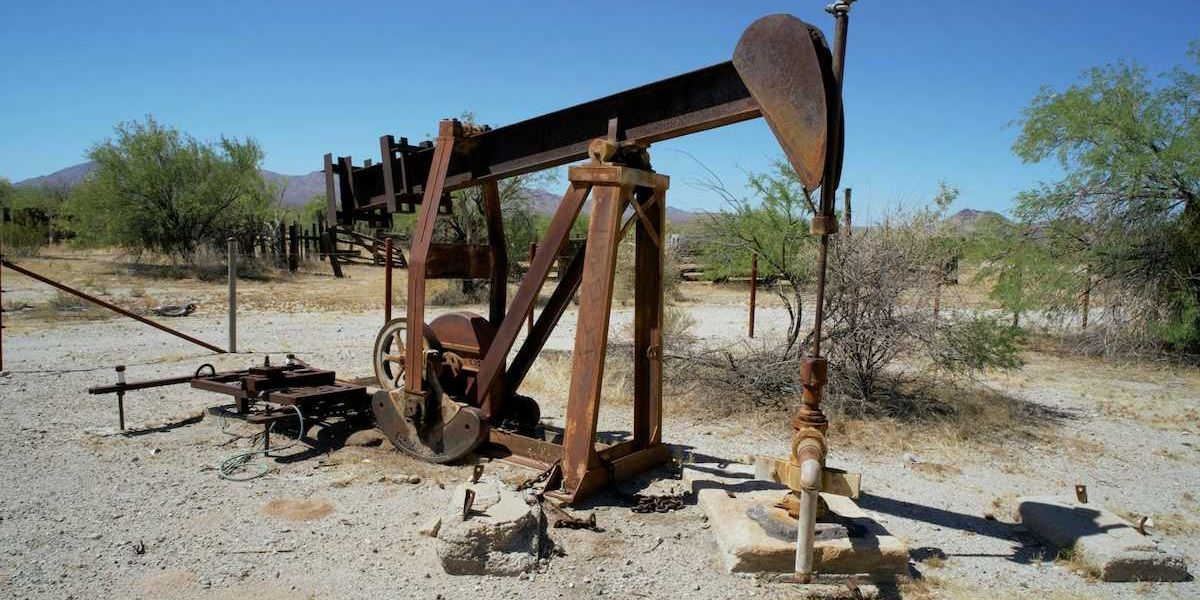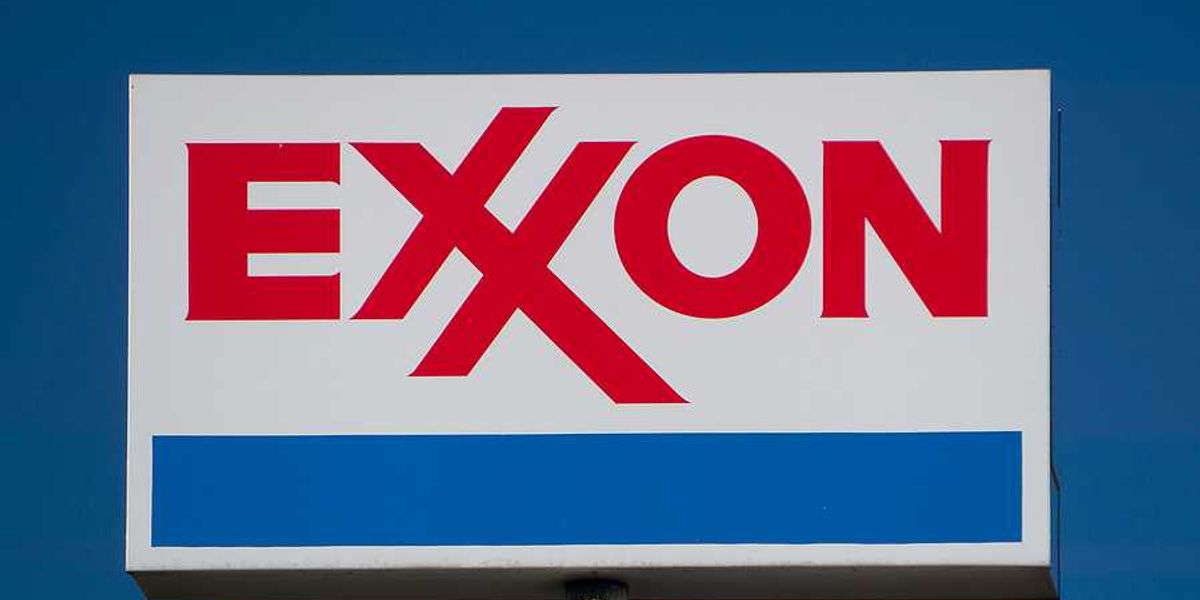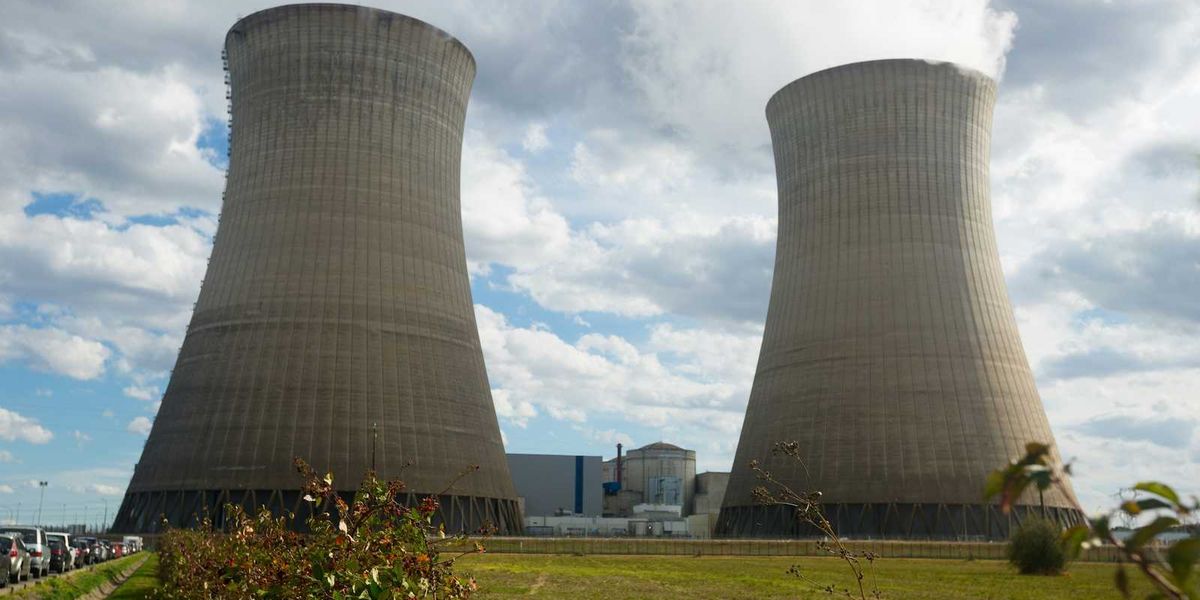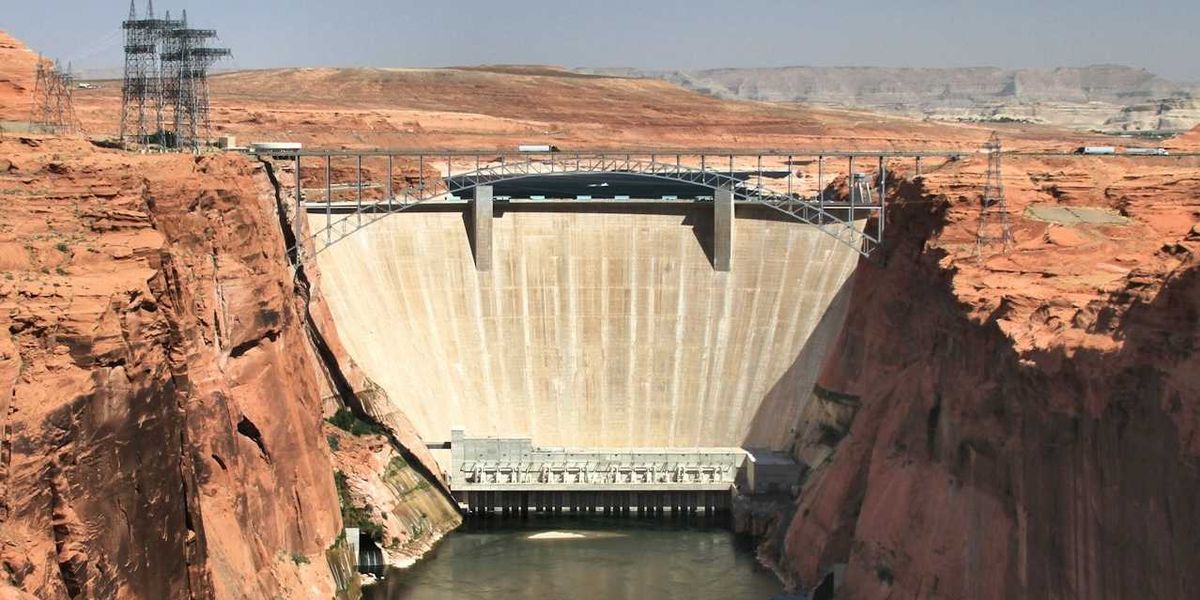
Op-ed: The common ground between labor and climate justice is the key to a livable future
The tale of “jobs versus the environment” does not capture the full story.
A fault line runs between labor and environmental movements, or so we’re told.
Labor unions have been criticized for focusing on jobs without considering environmental consequences, with some unions supporting controversial projects like the Dakota Access Pipeline, and others opposing bans on fracking. Meanwhile, environmental groups are accused of being divorced from working-class realities, sometimes neglecting lost employment and wages related to the energy transition. The urgency of cutting emissions and phasing out fossil industries to mitigate climate change has brought the seemingly contentious relationship between labor and environment into sharp focus.
To read a version of this story in Spanish click here. Haz clic aquí para leer este reportaje en español.
“Corporate America has painted everyone into a classic dilemma,” said Anthony Mazzochi in 1977, when he was the legislative director for the Oil, Chemical and Atomic Workers Union. “Now it’s jobs versus the environment. The worker has a choice between his livelihood and dying of cancer.”
I’ve seen this apparent contradiction since I was young. Growing up in a working-class area in Mumbai, India, I felt alienated, like many in my community, by mainstream environmental and climate advocacy, despite studying environmental sciences and facing harmful exposure to pollution in my neighborhood. Upper- and middle-class environmental activists’ assertions that we face “existential threats” rang hollow, as their claims often overlooked the day-to-day struggles of working-class people to maintain their existence in a society where we have to earn a living.
This experience informed my dissertation research, where I explored the social and economic underpinnings of environmental injustices in India. I showed that both caste and class need to be accounted for and that focusing on labor relations can help us understand how social, economic and environmental inequalities are perpetuated.
My research and recent engagement with the labor movement have made it clear to me that the tale of “jobs versus the environment” does not capture the full story. In reality, the exploitation of workers and the extraction of natural resources are at the core of the economic system that has created existential threats to humanity. Throughout history, we’ve seen glimpses of what can be achieved when labor organizing and environmental justice activism work together, and this kind of union is our only path to a livable future.
The forgotten history of labor environmentalism
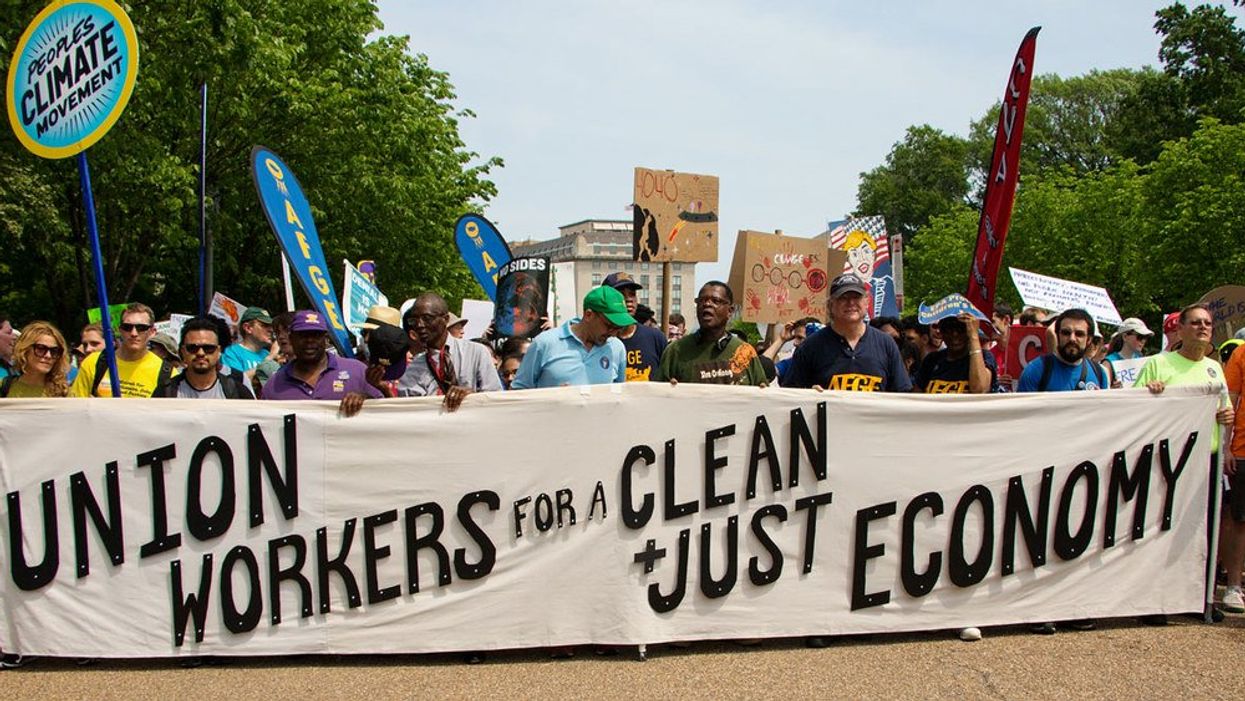
People's Climate March in Washington DC, 2017.
Credit: Becker1999/flickr
Late historian Howard Zinn wrote that in order to act, or at least consider the “possibility of sending this spinning top of a world in a different direction,” we need to “remember those times and places… where people have behaved magnificently.” When we look into the often-neglected history of labor-environmentalist relations, we see more examples of cooperation than conflict, as labor and environment scholar Brian Obach found when analyzing both movements.
In 1948, the U.S. Steel’s Donora Zinc Works and the American Steel & Wire plants filled with smog the air of the industrial town of Donora in Pennsylvania. The heavy layer of pollution killed 20 people and caused long-term health effects for at least 5,900 people. U.S. Steel Corporation denied responsibility and instead claimed the incident was “an act of God.” The United Steelworkers union, whose members and families were among the primary victims, pushed for a federal investigation of the incident. The union’s continued advocacy paved the way for the Clean Air Act, the Clean Water Act, OSHA regulations, Superfund laws, the Toxic Substances Control Act, and climate change legislation.
In the 1960s, the United Auto Workers (UAW), one of the largest industrial unions, spearheaded labor-environmentalism even before the birth of the mainstream environmental movement. In 1965, the union sponsored the United Action for Clean Water conference, in which more than a thousand union members and community and environmental activists mobilized around water pollution and environmental protections. For years, the union had demanded healthcare access, urban industrial cleanups and improved public housing, all of which are linked to the environmental health of communities. And in 1970, the UAW became the primary sponsor of Earth Day. Denis Hayes, founder of the Earth Day Network (now EarthDay.org), said, “without the UAW, the first Earth Day would have likely flopped.”
Unfortunately, shifts in the U.S. economy and a corporate backlash in the 1970s hindered that longstanding environmental vision for unions. The mid-1970s oil price spike exposed economic vulnerabilities. The Reagan administration initiated austerity policies and a crackdown on labor unions, while deindustrialization contributed to the loss of manufacturing jobs – triggering a decline in union membership and union power.
Since then, most labor unions have fought to preserve jobs, especially those with the wages, protections and benefits negotiated in a union contract, as a cornerstone of building a stable future for workers. Pursuing a college degree or similar alternatives is out of reach for many working-class people, and given today’s precarious economic conditions, combined with a hollowed-out social safety net, holding on to a union job is often the only way for workers to maintain their livelihoods and dignity.
However, we have seen instances of collaboration in recent decades. In the 1990s, blue-green coalitions reemerged to challenge the North American Free Trade Agreement and its policies to privatize public services and reduce regulations for private companies, weakening labor power and environmental protections in the process. “Teamsters and Turtles” became a rally cry during the 1999 World Trade Organization protests in Seattle. The International Brotherhood of Teamsters, representing a range of workers including those in transportation, warehousing and logistics, and “turtles,” which referred to environmental activists, developed an alliance and a common cause.
The lesson to take from these examples is to recognize the potential of finding common ground, even when the tide is going against working-class interests or environmental protections. Research by sociology professor Brian Mayer suggests that when blue-green coalitions focus on health, labor rights and the environment, they can create a unique collective identity and have a combined influence capable of bringing about social and environmental change.
Climate code red and labor upsurge
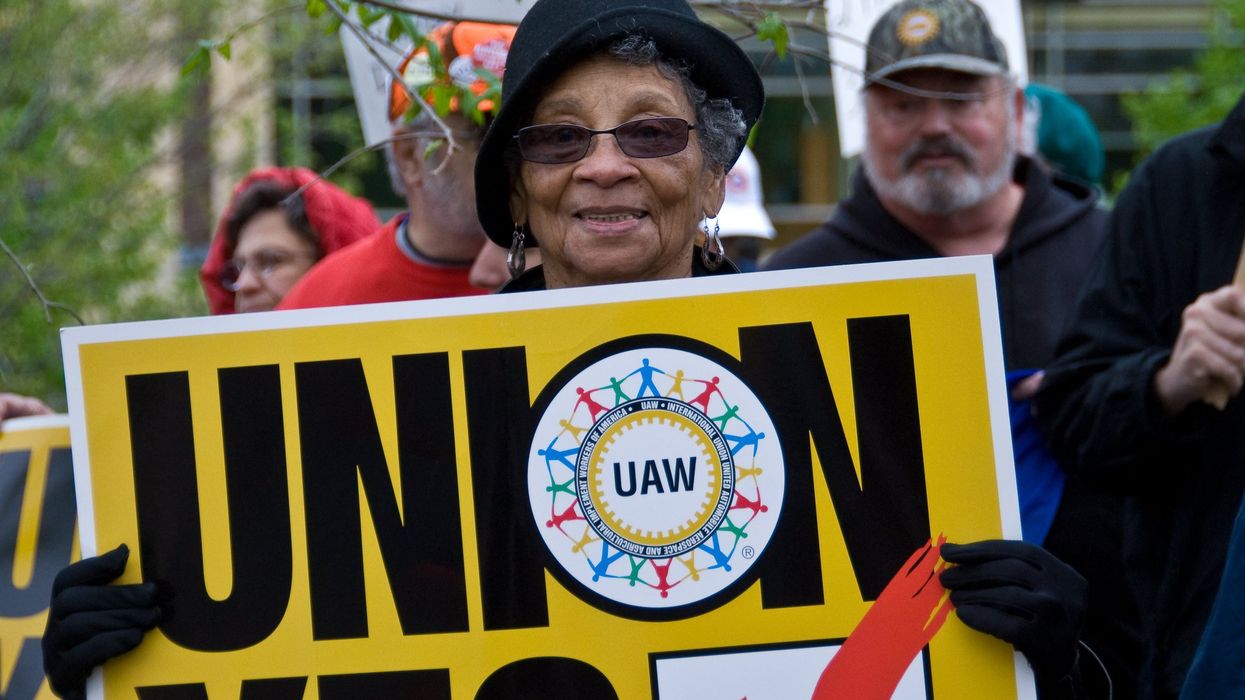
The UAW has taken up the mantle of bridging the gap between labor and the environment. It included electric vehicle and battery production and investment in the contracts it secured with the Big Three automakers following the union’s six-week “Stand Up Strike” in 2023
Credit: Susan Ruggles/flickr
The current conditions in climate and labor are ripe for organizing together. The average global surface temperature in 2023 was the highest recorded since 1850, and almost every North American region experienced severe weather events. Working-class people, particularly farm workers and warehouse workers, are bearing the brunt of higher temperatures in their workplaces. As a response, climate and labor activists have organized climate strikes, which draw on the labor movement’s history of collectively withholding labor to apply pressure. Simultaneously, the labor movement has seen one of its most significant upsurges in decades with new union drives, organizing and direct action in workplaces, and strike activity, with 459,000 workers participating in strikes in 2023.
Once again, the UAW has taken up the mantle of bridging the gap between labor and the environment. It included electric vehicle and battery production and investment in the contracts it secured with the Big Three automakers – Ford, GM and Stellantis (formerly Chrysler) – following the union’s six-week “Stand Up Strike” in 2023, which won historic gains. In June 2024, UAW negotiated an agreement with electric vehicle battery producer Ultium Cells. Workers of its plant in Lordstown, Ohio, voted to ratify the contract, which is the first at a major electric vehicle battery plant and includes 25% wage increases, improvements in provisions for overtime, breaks and health and safety.
This renewed interest in union organizing has even reached workers in environmental nonprofit organizations, including Defenders of Wildlife, Greenpeace, Audubon, the Sierra Club and the Sunrise Movement, spurred on by unions such as the Communication Workers of America and the Progressive Workers Union, and supported by networks like the Green Union Hall. Pursuing unionization has not only helped environmental nonprofit workers gain representation on the job and secure better pay, benefits and equity provisions, but it has also created an avenue for a labor-oriented engagement between workers in environmental advocacy organizations and workers in extractive industries.
The project of deepening working-class labor and environmental coalitions is also being taken up by my union, the Service Employees International Union (SEIU) 503, which represents almost 2 million workers in healthcare, public services and property services in the U.S. and Canada. As part of our union’s climate justice committee, we have planned educational workshops to raise awareness and developed proposals for how our union can take on climate, health and environmental issues.
Environmental and climate justice advocacy that centers labor can ensure that workers are at the forefront and not an afterthought in a just transition. Labor unions have shown they provide more than a framework to push for better wages, benefits and job security. Rather, they are often the only democratic spaces accessible to working-class people that foreground the well-being of workers and their communities. The convergence of labor and environmental movements in the past and present provides perhaps the only path to contend with the ongoing livelihood and ecological crises caused by the economic system. It could be the only way to chart a future based not on exploitation and extraction but on principles of environmental and labor justice.
Disclaimer: This essay was written by Dr. Pradnya Garud in her personal capacity. The opinions expressed in this article are the author’s own and do not reflect the view of the Oregon Health Authority.This essay was produced through the Agents of Change in Environmental Justice fellowship, a partnership between Environmental Health News and Columbia University's Mailman School of Public Health. Agents of Change empowers emerging leaders from historically excluded backgrounds in science and academia to reimagine solutions for a just and healthy planet.

